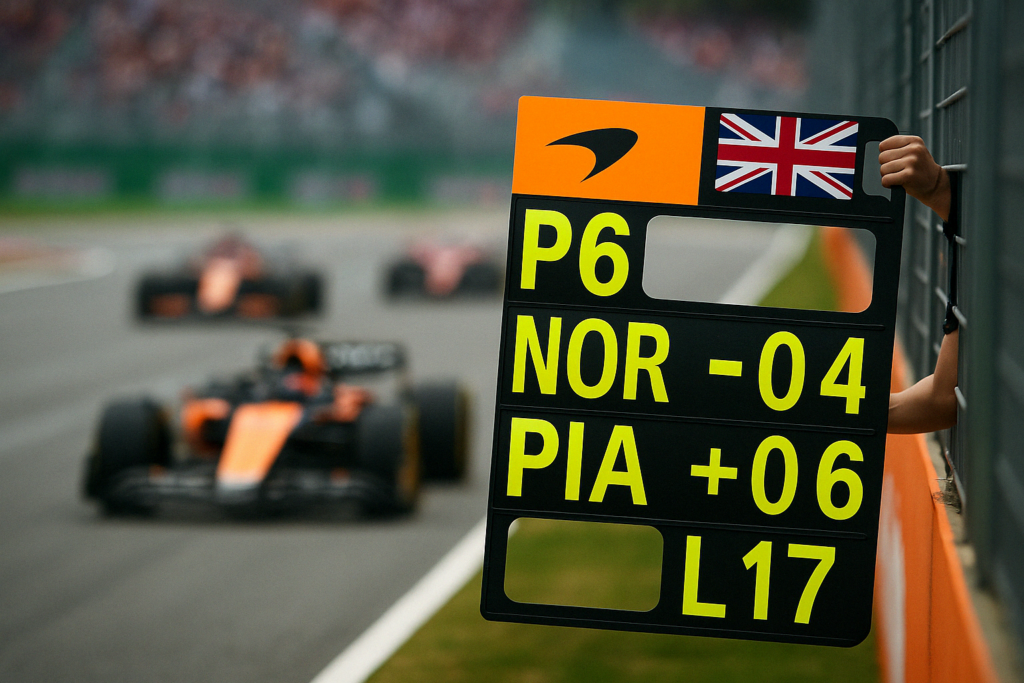In a dramatic start to the 2025 IndyCar season, six-time champion Scott Dixon faced an unexpected challenge during the Firestone Grand Prix of St. Petersburg. A radio communication failure left him without contact with his Chip Ganassi Racing team for the majority of the race, compelling him to rely solely on his experience and in-car indicators.1
Timeline of Events
- Race Start: Dixon began the race with functional radio communication.
- Lap 10: The radio began to malfunction, leading to intermittent communication.2
- Lap 38: Dixon successfully completed a scheduled pit stop, indicating some level of communication was still possible at this point.
- Post-Lap 38: The radio issues worsened, rendering communication nearly impossible.3
- Lap 72: The team attempted to call Dixon in for a pit stop, but he did not receive the message.
- Lap 73: Relying on his fuel light, Dixon pitted a lap later than planned, which allowed teammate Alex Palou to execute an undercut and take the lead.
Impact on the Race
Dixon’s inability to communicate with his team meant he had to make strategic decisions independently. He stated, “We had no radio. So I was just flying blind out there… Ultimately, it cost us the race”.
Team owner Chip Ganassi acknowledged that the communication failure likely cost Dixon the victory, saying, “If everything was 100%, he would have won—it was simple”. 4
Regulatory Considerations
According to IndyCar’s Rule 7.4.3.1, “During all on-track events, radio communication between the driver and the entrant’s pit box is required at all times.” However, the rule lacks specific guidelines for handling mid-race communication failures. IndyCar confirmed that intermittent communication occurred during Dixon’s race, and no penalties were issued. 5

Considerations & Conclusion
Should IndyCar use pit boards similar to the style F1 uses, despite the fact that they also have radio communications? As a fallback or additional communication point, could this have helped Dixon come in on time for fuel? Despite the significant challenge, Dixon showcased his exceptional skill by securing a second-place finish. The incident has sparked discussions about the need for clearer regulations regarding communication failures during races.
Sources
Dixon’s Radio Malfunction in IndyCar Opener Sparks Discussion on Communication Rules
https://motorcyclesports.net/dixons-radio-malfunction-in-indycar-opener-sparks-discussion-on-communication-rules/?utm_source=chatgpt.com
- No Radio, No Problem For Scott Dixon – https://motorcyclesports.net/dixons-radio-malfunction-in-indycar-opener-sparks-discussion-on-communication-rules/ ↩︎
- “Flying blind”: The radio issue that denied Scott Dixon victory in IndyCar opener – https://www.crash.net/indycar/news/1064607/1/flying-blind-radio-issue-denied-dixon-victory-indycar-opener/ ↩︎
- Dixon’s Radio Malfunction in IndyCar Opener Sparks Discussion on Communication Rules – https://motorcyclesports.net/dixons-radio-malfunction-in-indycar-opener-sparks-discussion-on-communication-rules/ ↩︎
- Scott Dixon Runs IndyCar Opener Without Radio Communication – https://full-throttle-media.com/2025/03/02/scott-dixon-runs-indycar-opener-without-radio-communication/ ↩︎
- No radio, big problem for Scott Dixon in second-place INDYCAR finish at St. Pete – https://www.foxsports.com/stories/motor/scott-dixon-second-place-indycar-finish ↩︎